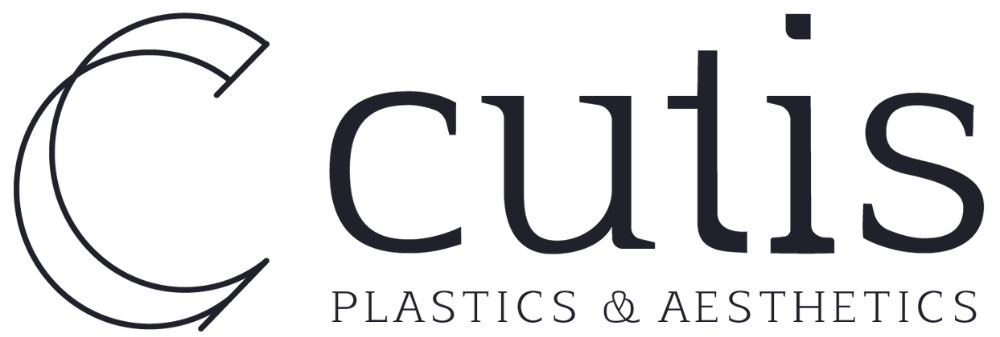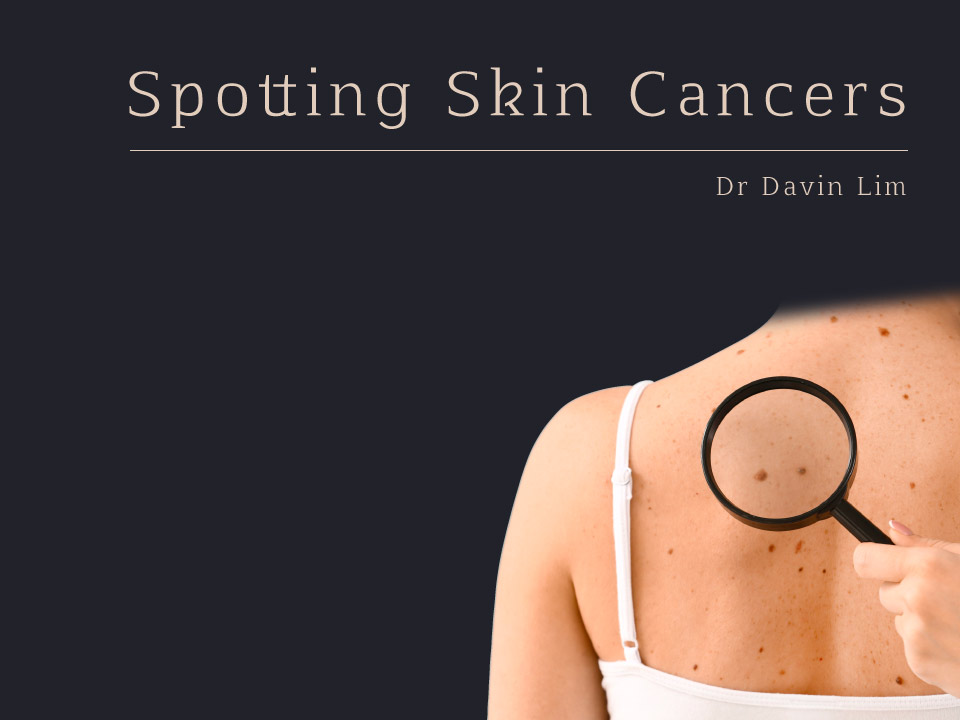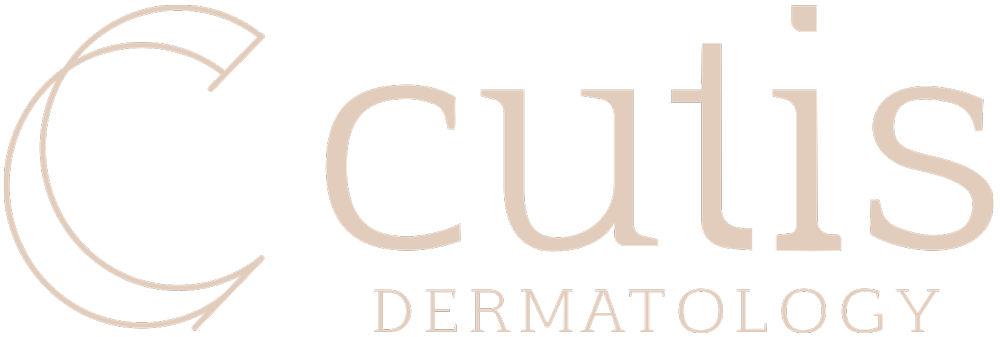At Cutis Clinic Brisbane, we offer expert care for head and neck skin cancer surgery, combining meticulous cancer removal with advanced reconstructive techniques to restore both appearance and function. Our team provides a comprehensive, patient-centred approach to achieve the best possible outcomes.
Key Points
- We perform precise excision of skin cancers using advanced surgical techniques to ensure complete removal of cancerous tissue.
- Our team specialises in a range of reconstructive methods, tailored to the needs of each patient.
- Dr. Assad Bangash, plastic and reconstructive surgeon, and Dr. Nasrin Davarpanah, general surgeon, collaborate closely to deliver optimal results
- We provide comprehensive follow-up care to support recovery and monitor for recurrence.
Head & Neck Reconstruction at a glance
Our results speak for themselves
FAQs
What is head and neck reconstruction for skin cancer?
Head and neck reconstruction for skin cancer involves surgical procedures to rebuild areas affected by skin cancer removal in the head or neck. This reconstruction is vital for restoring both form and function following excision of cancers such as basal cell carcinoma, squamous cell carcinoma, and melanoma.
Why is reconstruction necessary after skin cancer removal?
Especially in sensitive areas like the face, neck, or scalp, reconstruction helps close the wound, improve aesthetics, and restore essential functions such as blinking or smiling.
What types of skin cancers commonly affect the head and neck?
- Basal Cell Carcinoma (BCC) – The most common type, typically found on sun-exposed areas.
- Squamous Cell Carcinoma (SCC) – May appear on the lips, ears, scalp, or neck.
- Melanoma – A more aggressive cancer that can occur on the head, neck, or upper body.
What is a Sentinel Node Biopsy (SNB) for melanoma?
SNB determines whether melanoma has spread to nearby lymph nodes. It identifies the first node (the “sentinel” node) that drains the tumour site. If cancer is present, additional treatment may be required.
What are the main reconstruction techniques used?
- Primary Closure – Directly stitching the wound for smaller excisions.
- Local Flap Reconstruction – Using nearby skin to cover the surgical site.
- Skin Grafts – Transplanting skin from another area (e.g., neck, facial fold).
- Complex Reconstruction – Advanced flap surgery using tissue from other body areas when needed.
Who performs the reconstruction surgery?
Reconstruction is performed by Dr. Assad Bangash (plastic & reconstructive surgeon) and Dr. Nasrin Davarpanah (general surgeon), combining their skills to achieve optimal functional and cosmetic results.
What is the recovery time?
Recovery varies with surgery complexity:
- Minor surgeries: 1–2 weeks
- Extensive reconstructions: several weeks to months
- Follow-up visits and physical therapy may be part of the healing process.
What are the risks involved?
All surgeries carry some risks, including bleeding, infection, scarring, or delayed healing. Complex reconstructions may include flap or graft failure, which will be closely monitored.
Products

O Cosmedics cleansing range
$63.00-$64.00

O Biotics 3D Hyaluronic Serum
From $97.00
Dr. Assad Bangash, plastic and reconstructive surgeon, and Dr. Nasrin Davarpanah, general surgeon, collaborate closely to deliver optimal results.
Will there be visible scarring?
Some scarring is inevitable, but careful planning and precise techniques minimise their visibility, especially in cosmetically sensitive areas.
What if cancer is in a critical area like the nose or mouth?
Reconstruction in functional zones requires advanced planning to restore both appearance and function. Tissue may be borrowed from areas like the forehead or elsewhere to ensure both form and function are preserved.
Can skin cancer return after reconstruction?
Yes, recurrence is possible. Ongoing skin checks, follow-up appointments, and monitoring are essential for early detection and management.
How can I reduce my risk of future skin cancers?
- Use broad-spectrum sunscreen daily
- Wear hats and sun-protective clothing
- Avoid excessive sun exposure, especially during peak hours
- Attend regular skin checks and follow your specialist’s recommendations


